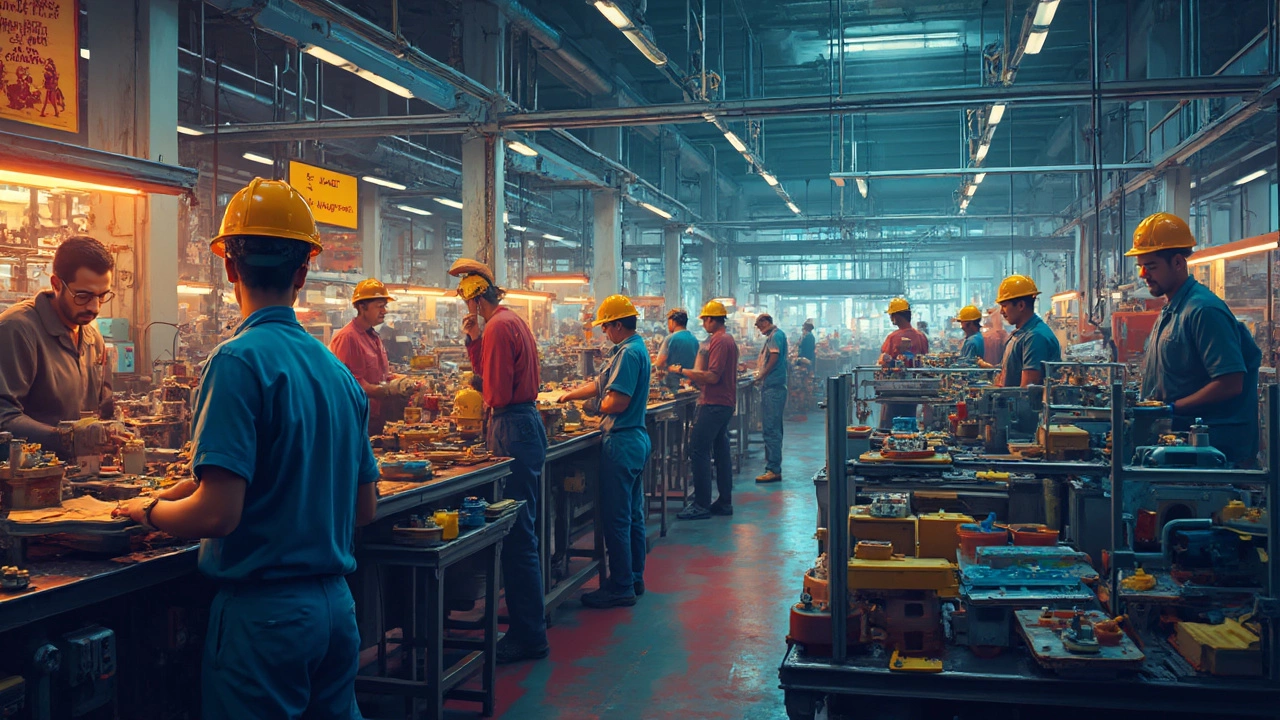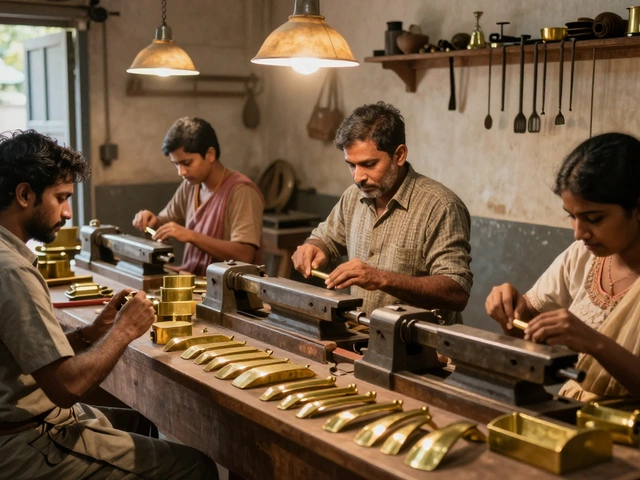Manufacturing in Mexico: What You Need to Know
If you’re looking for a place to build products faster and cheaper, Mexico is worth a close look. The country sits next to the United States, has a young workforce, and offers trade perks that make it attractive for many types of factories.
From auto parts to medical devices, Mexican plants are churning out a wide range of goods. Recent data shows the auto sector alone accounts for a big slice of the country’s export value, while the pharma industry is catching up fast thanks to new labs and production lines in states like Puebla and Guanajuato.
Why Mexico Is a Manufacturing Hotspot
First, geography matters. Shipping a container from Mexico to a U.S. warehouse takes days, not weeks. That speed helps companies keep inventory low and respond to market swings.
Second, labor costs stay competitive. The average hourly wage in Mexican factories is lower than in the U.S. or Europe, but the skill level is rising quickly. Technical schools and apprenticeship programs feed factories with workers who understand CNC machines, robotics and quality standards.
Third, trade rules keep tariffs at bay. The USMCA (formerly NAFTA) guarantees that most products made in Mexico can cross the border duty‑free, as long as they meet the rules of origin. That saves money and simplifies paperwork.
Fourth, the government is backing growth. Incentives such as tax breaks, streamlined permits and support for renewable energy projects make it easier to set up a plant.
Tips to Start or Expand Production in Mexico
1. Pick the right state. Look for locations that already have a supply chain for your product. For electronics, the northern border states like Chihuahua and Nuevo León have robust logistics. For food processing, central states like Jalisco and Veracruz offer access to raw materials.
2. Partner with a local expert. A Mexican consultant can help you navigate permits, labor laws and customs. This avoids costly delays and ensures you stay compliant.
3. Focus on quality early. Mexican factories are improving fast, but you still need strong quality control. Adopt standards like ISO 9001 from day one and train supervisors on inspection techniques.
4. Leverage low‑competition niches. Sectors such as sustainable packaging, specialized medical components and high‑mix low‑volume production still have room to grow. Entering these markets can give you a foothold before larger players catch up.
5. Plan for logistics. Use rail and highway networks that connect major ports (Manzanillo, Veracruz) to inland facilities. A well‑planned route cuts shipping time and lowers costs.
6. Stay aware of regulatory changes. Rules around chemicals, labor and environmental standards evolve. Subscribe to local industry newsletters or join chambers of commerce to keep up.
By keeping these steps in mind, you can turn Mexico into a reliable production base rather than just a cost‑cutting option. The country’s mix of location, talent and policy support makes it a strong choice for businesses that want speed, flexibility and a gateway to North American markets.
Disadvantages of Manufacturing in Mexico: What You Need to Know
Manufacturing in Mexico seems alluring due to its cost efficiencies and proximity to the U.S., but it's not without its flaws. Entrepreneurs must navigate challenges like fluctuating trade policies, complex regulations, and variable infrastructure quality. Labor costs, although initially low, can increase over time, and the reliance on certain industries makes it a risk-laden venture. Understanding these drawbacks is crucial for business success.
Read More




